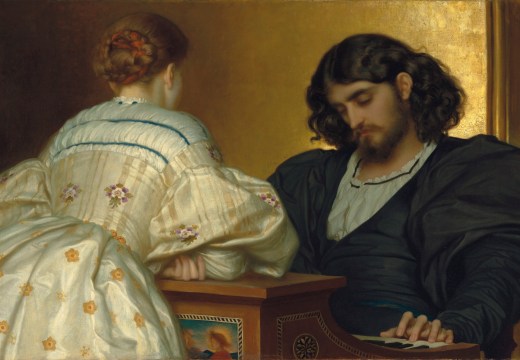In a world dominated by global artistic influences, it is high time for international attitudes towards British art to undergo a much-needed transformation. For far too long, the contributions and significance of British artists have been overshadowed by their counterparts from other countries. However, upon closer examination, one cannot deny the unique charm and undeniable talent that emanates from the works of these often overlooked creators.
A Hidden Treasure Trove: The Richness of British Art
Delving into the realm of British art reveals an astonishing array of styles and movements that have left an indelible mark on the global artistic landscape. From the breathtaking landscapes captured in Turner’s masterpieces to Hockney’s vibrant explorations of color and form, there is no shortage of diversity within this rich tapestry.
The influence exerted by iconic figures such as Francis Bacon or Tracey Emin extends far beyond national borders, resonating with audiences worldwide. Their ability to evoke profound emotions through their work speaks volumes about the depth and complexity inherent in British art.
An Underappreciated Legacy: The Impact on Contemporary Art
While some may argue that contemporary art has shifted its focus away from traditional mediums, it would be remiss not to acknowledge how influential British artists continue to be in shaping modern creative expressions. Artists like Damien Hirst challenge conventional notions with their provocative installations while Grayson Perry fearlessly explores themes related to identity and society.
This underappreciated legacy serves as a reminder that innovation knows no boundaries when it comes to creativity. By disregarding preconceived notions about what constitutes “important” or “relevant” art based solely on geographical origin, we open ourselves up to new perspectives and possibilities.
Redefining Artistic Boundaries: Embracing Ambiguity
British art has a unique ability to straddle the line between tradition and innovation, often blurring the boundaries that define artistic movements. This inherent ambiguity challenges viewers to question their preconceptions and engage with the artwork on a deeper level.
By embracing this ambivalence, we can foster a more inclusive and diverse artistic landscape that celebrates creativity in all its forms. It is time for international audiences to recognize the immense talent and cultural contributions of British artists without prejudice or bias.
In Conclusion
The moment has arrived for international attitudes towards British art to undergo a much-needed transformation. By acknowledging the richness, impact, and boundary-pushing nature of British art, we can break free from outdated perceptions and embrace an inclusive global artistic community. Let us celebrate the talents of these remarkable creators who have long been overshadowed by their counterparts from other countries.

